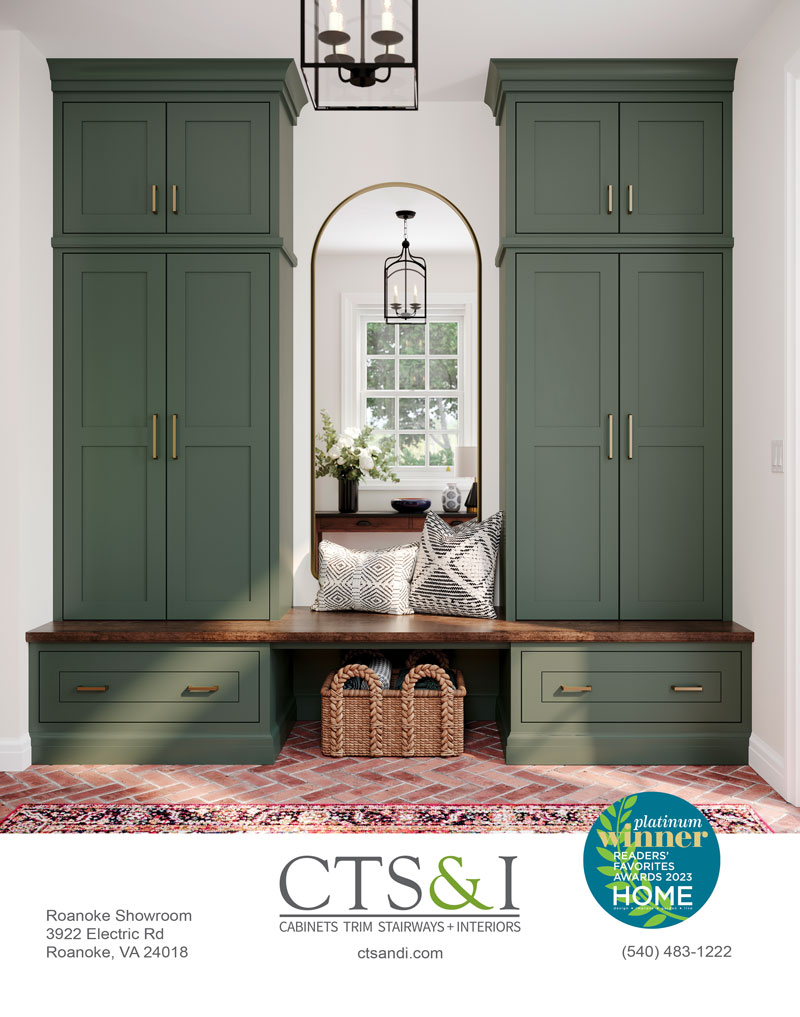Pet Peeves: What to do When Man’s Best Friend Makes a Mess
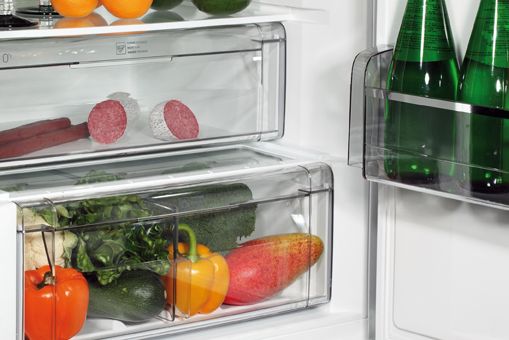
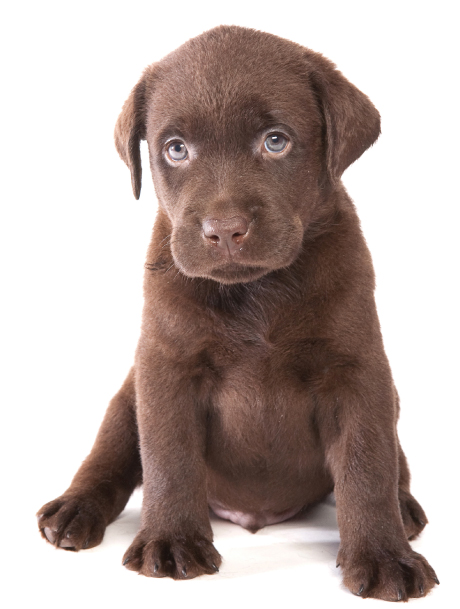 Pets share our homes, play in our yards, bathe in our tubs, and in many cases, sleep in our beds. They bid us farewell as we set off on a long day and wait patiently until we arrive again, all the while holding down the fort with diligence. But at what cost do we enjoy this unconditional love and companionship? Surely if our walls, floors and furniture could talk, they’d have a few tales to tell about how they’ve carried the brunt of this friendship.
Pets share our homes, play in our yards, bathe in our tubs, and in many cases, sleep in our beds. They bid us farewell as we set off on a long day and wait patiently until we arrive again, all the while holding down the fort with diligence. But at what cost do we enjoy this unconditional love and companionship? Surely if our walls, floors and furniture could talk, they’d have a few tales to tell about how they’ve carried the brunt of this friendship.
It’s inevitable. You can train your puppy or kitten, but you can’t guarantee a mess-free life when choosing the path of pet ownership. Thankfully, there are some tried-and-true tricks for maintaining the value and appearance of your home. Whether you’re dealing with the day-to-day cleanup or greeted with a nasty surprise, rest assured…with the right tools, your home will be like new again.
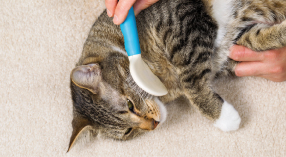 Hair! Everywhere!
Hair! Everywhere!
You know the drill. Before you finish wiping things down, it seems they’re covered again. Because pet hair holds an electric charge, it naturally sticks to an array of surfaces. Before you wave the white flag, remember that this battle is neither expensive nor time-consuming to win. You likely already have in your cleaning cabinet all the tools you need to prevail. Many cleaning experts agree that a dryer sheet or latex glove can work as well as any fancy tool. Just rub the surface with either and pet hair should stick like a charm. For longer hair, a barely-damp, clean kitchen sponge works wonders. Rub the fabric, upholstery or carpet with the sponge, and when clumps accumulate, simply pick them off by hand.
If your wooden furniture is looking a little fuzzy, try an anti-static dusting spray on a cotton cloth. Not only will the cloth pick up hair, but the spray should cut the charge, protecting your wood from fuzzies for longer than regular furniture polish.
Any cleaning expert would advise that proper maintenance is the best way to prevent pet hair from getting the best of your home. Brushing your dog or cat frequently can dramatically decrease the amount of hair that settles in your carpets and on your furniture. Look at a local pet supply store for brushes designed to remove your pet’s undercoat. Experts say using such tools can reduce shedding up to 90 percent.
Regular vacuuming is also vital for keeping your floors looking fresh, as well as protecting your family. Matted hair that collects in corners and beneath carpet fibers causes more than a little shame when friends and family visit — and it is notorious for harboring dust and allergens. If you have trouble keeping up with the amount of hair your fur child is laying down, consider purchasing a vacuum designed specifically for picking up pet hair. Several robotic options are available for maximum convenience.
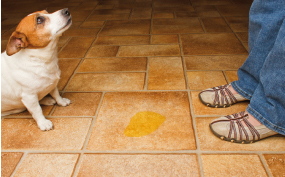 Natural Disasters
Natural Disasters
Even the most well-trained animals have accidents. So what’s the best way to handle natural disasters such as urine, feces and vomit? And dreadful dregs like paw prints and scratches? These questions were taken to one of the area’s top cleaning professionals. Kevin Lancaster, Vice President of Operations at ServPro, has seen far too much flooring ruined — not by their pet’s mess — but by the owners’ lack of knowledge on how to clean it up. Unfortunately, there is no single solution that works on every accident, but an awareness of your surface can prevent further damage, staining and lingering odor. If you’re worried that you may have missed other messes, invest in a black-light to help you search for accidents that have dried.
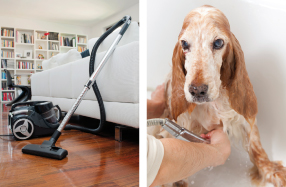 Catastrophes on Carpet
Catastrophes on Carpet
When encountering a mess on carpet, resist the urge to use every spot cleaner under the kitchen sink and scrub away. Lancaster said these common mistakes are the fastest ways to create a permanent stain and damage carpet fibers. Instead, carefully remove any solid matter and blot the affected area with a clean white cloth until there is no transfer from spot to cloth. Then, concoct a homemade spot cleaner using two tablespoons of vinegar, two tablespoons of liquid dish detergent and one quart of water. The vinegar will help remove the mess and neutralize odor. If using a store-bought product, be sure to select an enzymatic cleaner and follow recommended instructions. However, if your carpet is white, or made of natural fibers such as cotton, wool or silk, Lancaster said don’t attempt the cleanup. Calling a professional is the safest way to prevent further damage to your rug.
In the event that you find an accident later rather than sooner, it is very possible that professional cleaning and restoration will be necessary. If you want to try your hand at a set-in stain, the Humane Society of the United States suggests renting an extractor or wetvac (not a steam cleaner) from your local hardware store. These machines force clean water through your carpet and then force the dirty water back out. If ever you suspect the problem has migrated into the padding under the carpet…or even worse, into the subfloor under the pad, Lancaster said “It is best to have a professional come out to see if the carpet can be saved and what steps need to be taken for complete odor relief.”
Virginia families are all too familiar with little red paw prints made from our region’s seemingly indelible red clay soil. When you find them on your carpet, the best thing to do is blot excess mud and let the rest dry. Once dry, your vacuum should remove the remaining particles in carpet fibers. If you have staining, use a solvent-based spot remover and follow manufacturer directions. A final rinse or blot with clean water will help remove residue left behind from the cleaner. Again, never scrub, and call a professional if your carpet consists of natural fibers.
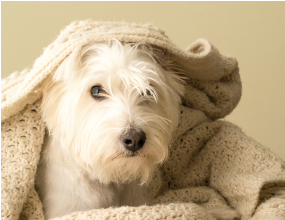 Woes on Wood
Woes on Wood
If your dog or cat has an accident on a sealed hardwood floor, a good wipedown with a vinegar/water solution should take care of both cleanup and odors. For extra protection, dust the cleaned area with baking soda and let it sit for about a half hour. Re-wipe with the vinegar and water solution.
Lancaster warned, if your floors aren’t sealed, there’s always a chance you’ll be stuck with staining. Applying a light coat of polyurethane may conceal the stain, although he warned that if odors are prevalent, the sealant can encapsulate them. Discuss your needs with a professional to determine appropriate removers and/or replacements.
For the sporadic scratch, a trip to the hardware store for a wood filler and touch-up pen should do the trick. However, if scratches are habitually showing up on your wood floors and furniture, you may want to consider having them lightly coated. A semi-gloss or satin finish is the best option for concealing light marks. If deep scratches affect your hardwood floors, they may need to be screened and coated by a professional. Remember, scratches are usually unintentional, and you can take measures to prevent the problem. Sweeping regularly will prevent marks that result from you and your pet walking on grit. You can also opt to protect high-traffic areas and entryways with rugs.
Keeping a home looking clean and smelling fresh is a challenge for all pet owners, but most agree: the rewards outweigh any trials. Be proactive, stay armed with the right supplies and don’t hesitate to call on the pros if you suspect severe damage.
